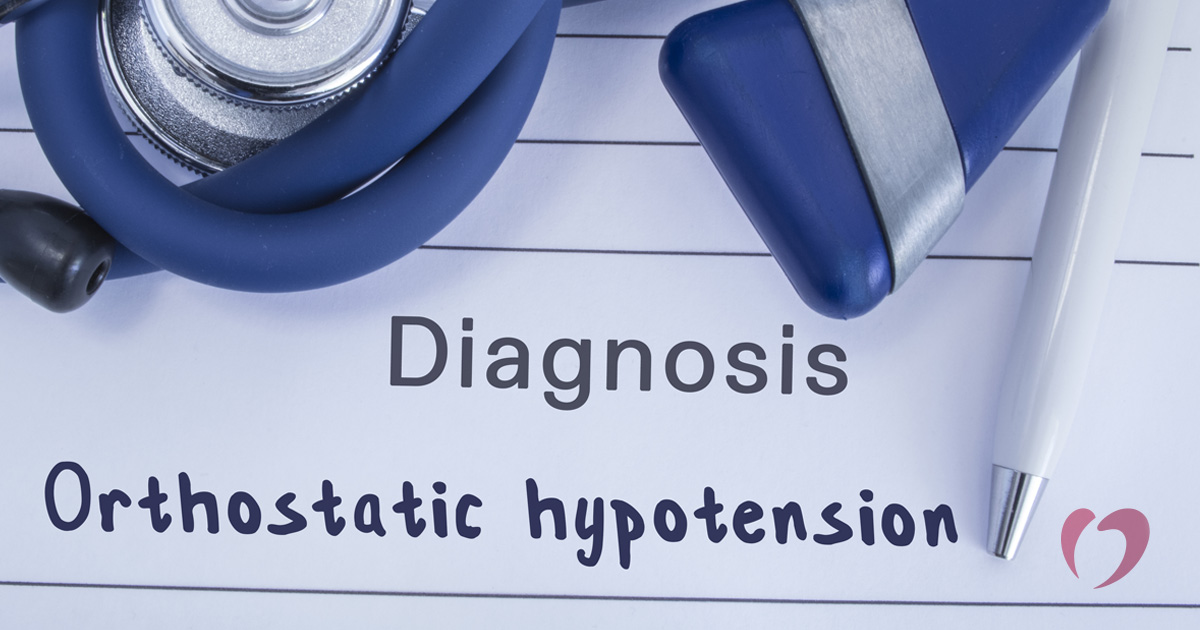What is orthostatic hypotension?

Orthostatic hypotension is a form of low blood pressure than happens when standing up from either a sitting or a lying position. It can make you feel dizzy or lightheaded, and it may even make you faint.
The condition can be mild and last for only a few minutes, but some cases of orthostatic hypotension may last longer and could be a symptom of a more serious illness. If you frequently feel lightheaded when standing up, call your doctor for an appointment to rule out any more serious conditions. If you lose consciousness, even briefly, you should see a doctor immediately.
Symptoms
Feeling dizzy or lightheaded when standing up is the most common symptom of orthostatic hypotension. Other symptoms include blurry vision, weakness, fainting, confusion, or nausea. Keep a record of your symptoms, including when they occur and how long they last, to discuss with your doctor.
Causes
Gravity causes blood to pool in your legs and abdomen when you stand up, which means lower blood pressure because there is less blood circulating back to your heart. In normal function of the body, there are special receptors that identify the lower blood pressure and signal the heart to pump more blood to stabilize your blood pressure.
In patients with orthostatic hypotension, something disrupts this normal process that results in the body not regulating blood pressure as it should. There are several conditions which put people at higher risk for orthostatic hypotension, including:
- Dehydration, which leads to a decrease in blood volume.
- Anemia or blood loss that can reduce the number of red blood cells that carry oxygen in the bloodstream.
- Heart conditions that may also contribute to low blood pressure, such as extremely low heart rate, heart valve problems, heart attack, or heart failure.
- Certain medications, including many used to treat high blood pressure, psychiatric conditions, or autonomic nervous system disorders.
Treatment
Treatment for orthostatic hypotension often focuses on treating the underlying cause to reduce the frequency of occurrences. This may include lifestyle changes, such as drinking more water or changing how you sit and stand, or changes to medications. Some patients may also wear compression socks to help reduce blood pooling in the legs.
If you experience occasional dizziness when standing up, be sure to tell your Oklahoma Heart Hospital physician about your symptoms. Your doctor can use a range of tests to help identify the underlying cause and discuss treatments to lessen the occurrence of orthostatic hypotension.
